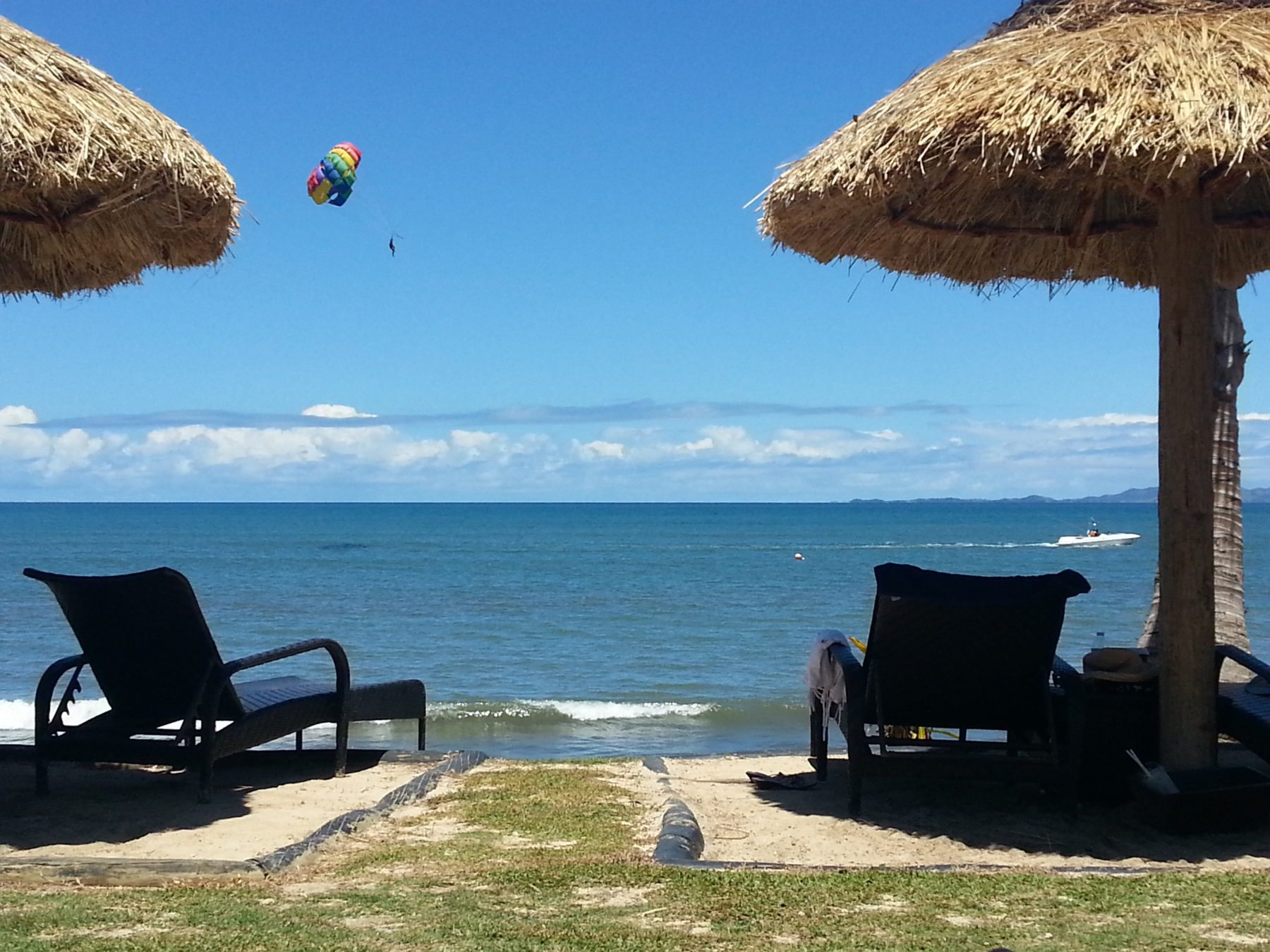Contact Us
Avoid the Crowds: The Least Busy Time of Year for Your Fiji Vacation

These days the tourist high season is bustling across Fiji’s 333 islands. Even in quieter destinations, such as Taveuni, there is a noticeable uptick in visitors and busyness in the peak season, which generally lasts from July until November. And Fiji’s popularity with international visitors is only growing. The rush of tourists is starting earlier and earlier each year, and generally lasting into the month of November.
For certain visitors, traveling to Fiji during the high season, when the weather is more predictable, is a priority. From May through November the days are filled with sunshine and rain is infrequent. These stunning conditions guarantee the idyllic, Fiji vacation of days spent lounging on the beach and soaking up the sun near Raiwasa’s cliff top infinity pool.
Another set of visitors finds the increased crowds to be a nuisance and detriment to an authentic Fiji vacation. For these travelers, the peace and quiet of low season and the opportunity to avoid the crowds far outweighs the capricious weather conditions. Plus, there are number of other benefits to visiting Fiji when the islands are quieter and less crowded.
Less Crowds Means Less Costs
In the months from November to May, merchants across Fiji drop prices and offer discounts. Whether you want to save on accommodation or a lavish night out, it will cost you less during the low season. Similarly, the price for guided tours, day trips, scuba diving, and equipment rental drops with the number of visitors. It’s possible to save a significant amount of money on your Fiji vacation, just by coming in the “shoulder” or low season.
And you’re likely to start saving before you even arrive on the islands. Low season in Fiji is also associated with cheaper international flights to and from the islands. People actively looking for flight deals and monitoring prices can find flights for nearly half the cost of those in high season. Domestic travel also tends to be cheaper, with flight costs out of Nadi International Airport to several places in Fiji.
See the Jungle Come to Life
The increase in precipitation is not only a positive for cutting costs and gaining solitude in Fiji but also a huge benefit to the vibrancy and health of the tropical jungle. With the additional rainfall, the flora and fauna come back to life and become more brilliant and dense than at other times of the year. This is particularly apparent on an island like Taveuni.
Taveuni is aptly named Fiji’s Garden Island. The well-deserved nickname comes from the lush jungle that covers much of the island. Taveuni is renowned for the stunning plants and flowers prevalent on the island, and there is even a flower that only grows on the island. The Tagimoucia flower is ruby red and white and very rare. Attempts to grow the Tagimoucia flower elsewhere in the world have all failed.
Luckily a great deal of this tropical ecosystem on Taveuni is protected and preserved. The Fijian government has designated three separate parks and protected areas to ensure development and infrastructure don’t destroy the dense jungle. However, visitors are still welcome to hike and walk through these areas. To experience Taveuni and Fiji’s other tropical jungles at their most beautiful, low season is the ideal time to visit the islands.
Stand in Awe of Fiji’s Falls
Another feature of the jungle that roars to life during the quieter season in Fiji are the waterfalls. While picturesque falls such as those found in Bouma National Heritage Park on Taveuni are stunning all year long, it is only with more precipitation that you witness their impressive power.
On several Fijian islands you can find waterfall walks and guided tours to hidden falls locations. Whether you want to go for a refreshing dip in the waterfall pools or just stand in awe of the rushing water, you are certain to discover bigger and better waterfalls.
